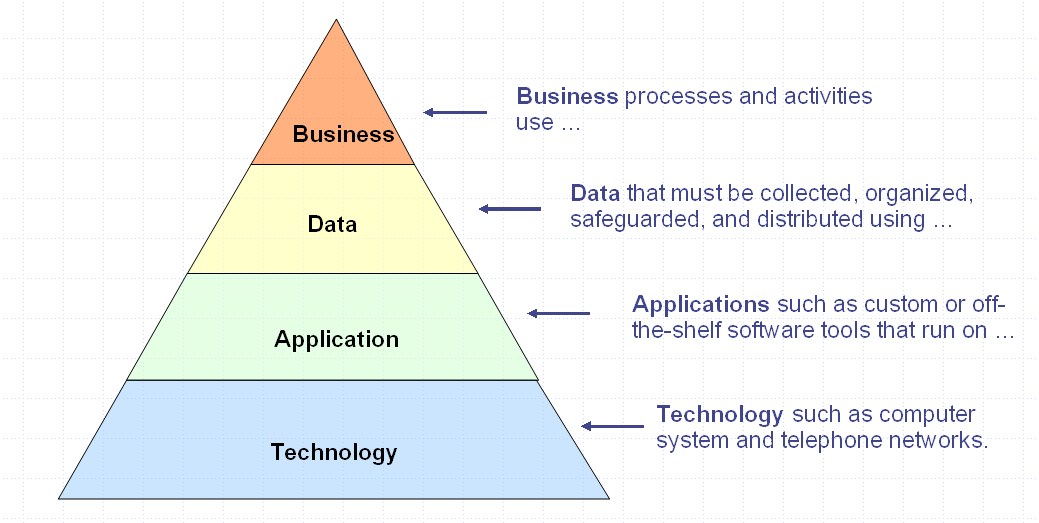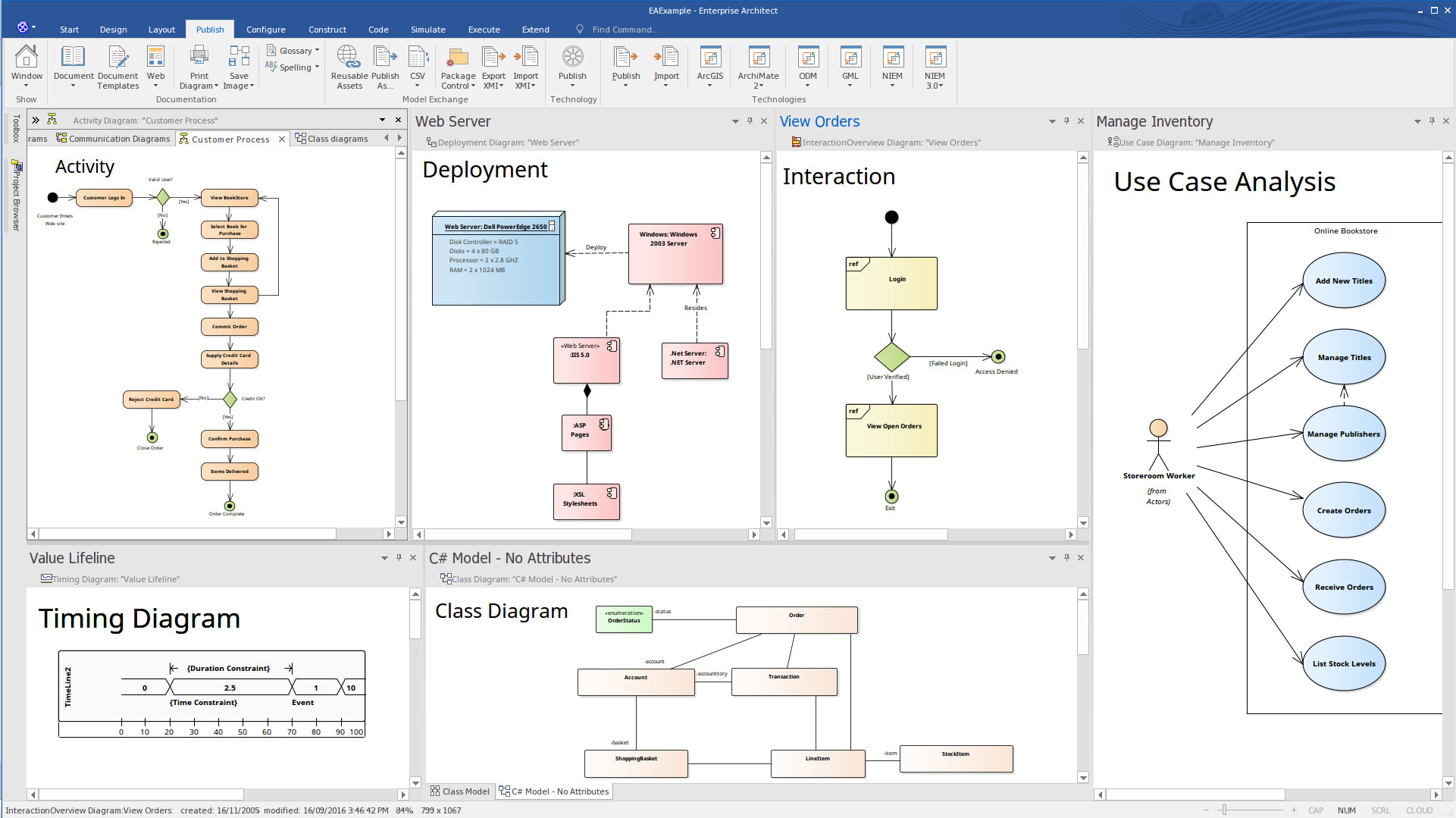Enterprise Architecture or Governance of IS Design
Luc Bories
- 3 minutes read - 481 wordsEnterprise Architecture establishes, enforces and evolves the guiding design principles of the Information System (IS). It is, in essence, the governance of IS design—from urbanizing the IS, through data governance, to application design.
To avoid reinventing the wheel and to speak a common language across and within organizations, reference frameworks provide standard terminologies and methodologies. These frameworks may focus on process or on graphical representation. See Differences between TOGAF and ArchiMate.
History of Enterprise Architecture Frameworks in Brief
In the early days of computing, organizations needed to map their existing technology. IT architecture was born. In the 1980s and 1990s, the scope of architecture expanded and became formalized.
1986 saw IBM publish the PRISM Enterprise Framework based on its internal research.
In 1987, American consultant John Zachman introduced the Zachman Framework, one of the first formal Enterprise Architecture frameworks.
In 1989, the U.S. National Institute of Standards and Technology released the NIST Enterprise Architecture Model.
By 1994, The Open Group selected the U.S. Department of Defense’s TAFIM as the foundation for TOGAF (The Open Group Architecture Framework).
During the 1990s, frameworks began to integrate application components with overall business strategy, giving rise to FEAF (Federal Enterprise Architecture Framework) and TOGAF.
Common Principles of EA Frameworks
Most Enterprise Architecture frameworks share a layered structure (not to be confused with application layers). In some models, Data and Application are combined into a single layer:

These layers represent levels at which processes act on architectural components. Each layer provides services to the one above it:
- Environment: external entities, legal/economic/social constraints, customers
- Business: functions that realize the enterprise strategy
- Data: business information and any other valuable data
- Application: the information system and business applications
- Technology: hardware, network and software infrastructure
To ensure consistent understanding, architectures are often documented with standard modeling tools such as UML or ArchiMate.
Some examples of Enterprise Architecture diagrams:

Benefits of Enterprise Architecture
Enterprise Architecture delivers clear IT strategy execution aligned with business strategy. It improves adaptability—flexibility and agility—and enables efficient management of IS resources. A common framework facilitates communication and simplifies planning by defining clear domains and responsibilities.
EA acts as both binder and catalyst, guiding all parts of the organization in the same direction. It communicates the company’s strategic orientations and enforces shared methods and standards. It also ensures that everyone stays aligned through transparent information sharing.
The Role of the Enterprise Architect
The Enterprise Architect aligns the IS with the organization’s business strategy. Depending on the organization’s size and structure, this role may collaborate with or integrate other architects:
- Business (or Functional) Architect
- Data Architect
- Application Architect
- Technology Architect
- Solution Architect
The Enterprise Architect’s work is less technical and more strategic and diplomatic. They often bridge gaps between teams that don’t normally collaborate and who start with different reference points.
By leveraging clearly defined and shared data, processes and responsibilities, Enterprise Architecture helps the organization make effective decisions.